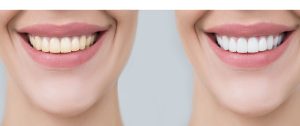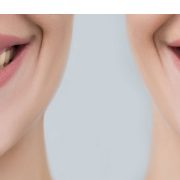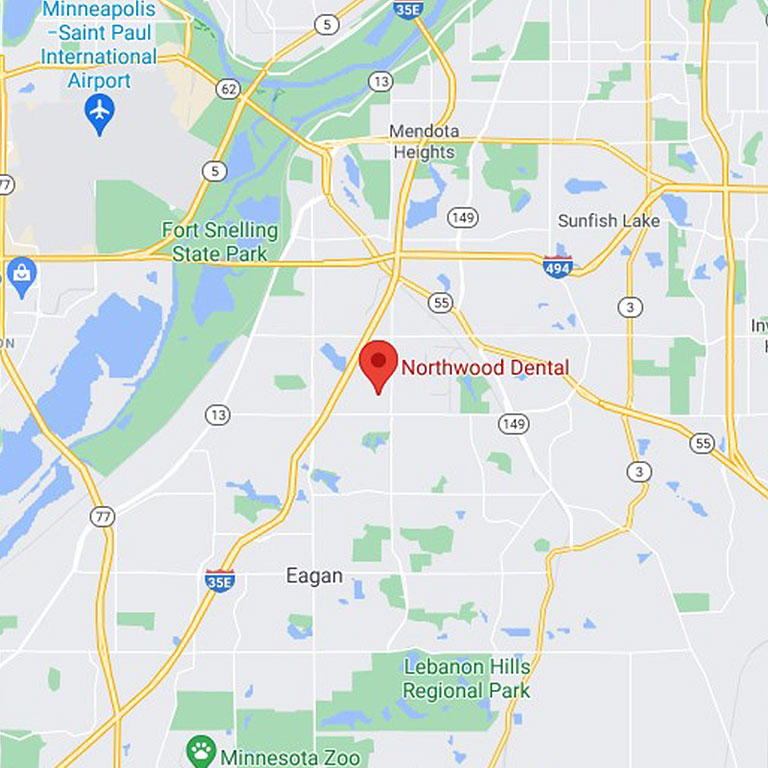Common Dental Procedures
Many people have anxiety over visiting their dentist. Anxiety or fear usually stems from the length of time since their last dental checkup, fear that something will be found wrong with their teeth or gums that will affect their smile, or lack of knowledge on common dental procedures that are performed daily in office. These procedures are really nothing to fear as millions of Americans have to undergo oral health procedures daily.
Cavity Fillings- Nearly everyone you ask will tell you that they have at least one cavity filling in their mouth. Once your dentist determines that you have a cavity or tooth decay, he can use materials such as composite fillings which are made from resin and enamel colored. The days of silver or gold colored fillings are mostly gone from most offices.
Tooth Repair- Just like fillings, dentists can use composite resins to repair or rebuild broken teeth. Even children can have teeth repaired in just a few minutes in office. A chipped tooth is a simple, painless, and affordable problem to fix and can be done in any dental office.
Root Canals- This is the procedure that gets the worst reputation in the dental industry because the first thought of most people is a dentist drilling through their teeth. If you suffer from tooth decay and that decay is reaching the pulp, or center of a tooth, the pulp must be removed to avoid infections in the tooth that would cause the need for extraction. The dentist will fill the tooth center to seal off the root canal. Local anesthetics are used to reduce pain during the procedure.
Tooth Extraction- There are many reasons for needing a tooth to come out of your mouth. You may have severe decay, too many teeth in your mouth causing blocking and overcrowding, impacted teeth, or a broken tooth that is beyond repair. There are two options for extractions—simple extraction and oral surgery. Simple extraction is used when the tooth can be removed easily, without having to cut the gums. This is referred to as getting a “tooth pulled”. Oral surgery required anesthetic, sometimes general anesthesia for oral surgeries that involve multiple teeth.
Whitening Procedures- Not everyone who is the visiting the dentist is there combat an oral health issue. Dentists also offer in-office whitening that is used for cosmetic purposes to brighten discolored or yellowed teeth. Teeth can become easily stained by foods and drinks in your diet such as coffee, wine, berries, and tobacco. While over the counter teeth whiteners do work well in many cases, in office whitening contains a larger concentration of peroxide and is a faster and more efficient way of producing whitening results.
 Call Northwood Dental today at (651) 687-0789 to schedule an appointment with your Eagan, MN dentist.
Call Northwood Dental today at (651) 687-0789 to schedule an appointment with your Eagan, MN dentist.





















